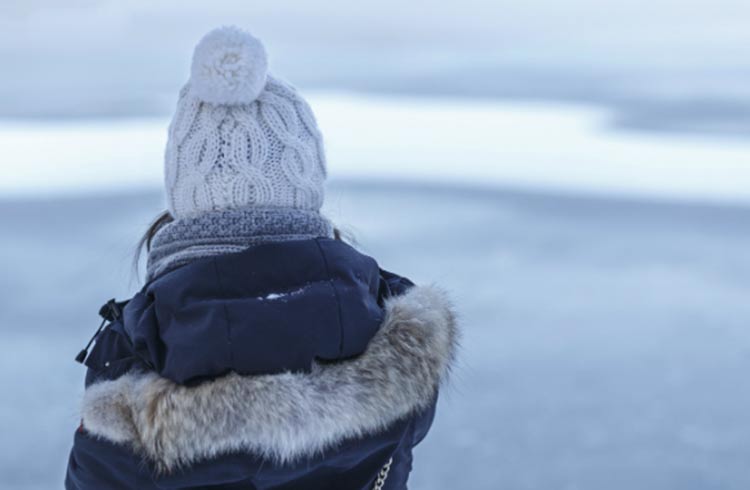How to Spot and Treat Frostbite: Winter Travel Tips
Exposure while traveling in cold areas can lead to frostbite. Learn how to recognize the symptoms, prevent and treat the condition.
 Photo © iStock/janniswerner
Photo © iStock/janniswerner
- What is Frostbite?
- Frostbite Symptoms
- First Aid for Frostbite
- What Not to Do With Frostbite
- How to Prevent Frostbite
What is frostbite?
Frostbite is damage to the skin and underlying tissues caused by extreme cold. It's distinguishable by the hard, pale, and cold quality of skin that has been exposed to the cold for a length of time. The area is likely to lack sensitivity to touch, although there may be an aching pain. As the area thaws, the flesh becomes red and very painful.
Any part of the body may be affected by frostbite; but hands, feet, nose
Frostbite symptoms
The first symptoms are a pins and needles sensation followed by numbness. There may be an early throbbing or aching, and later on, the affected part becomes insensate – feels like a block of wood.
Frostbitten skin is hard, pale, cold, and has no feeling. When the skin has thawed out, it becomes red and painful (early frostbite). With more severe frostbite, the skin may appear white and numb (tissue has started to freeze).
Very severe frostbite may cause blisters, gangrene (blackened, dead tissue), and damage to deep structures such as tendons, muscles, nerves
First aid for frostbite
At the first sign of frostbite, get out of the cold and move to a warmer place. Remove any constricting jewelry and wet clothing. Look for signs of hypothermia (lowered body temperature) and treat accordingly.
Try warming the affected body parts by immersing in warm (never HOT) water, or repeatedly apply warm cloths to affected ears, nose, or cheeks for 20 to 30 minutes. The recommended water temperature is 104 to 108 degrees Fahrenheit (40-42 C). Keep circulating the water to aid the warming process.
Severe burning pain, swelling, and color changes may occur during warming. Warming is complete when the skin is soft and the sensation returns. Afterward, apply dry, sterile dressing to the frostbitten areas. Put dressings between frostbitten fingers or toes to keep them separated.
Refreezing of thawed extremities can cause more severe damage. Prevent refreezing by wrapping the thawed areas and keeping them warm. If refreezing cannot be guaranteed, it may be better to delay the initial rewarming process until a warm, safe location is reached.
If the frostbite is extensive, try drinking warm drinks in order to replace lost fluids.
What not to do
- DO NOT thaw out a frostbite area if it cannot be kept thawed. Refreezing may make tissue damage even worse.
- DO NOT use direct dry heat (such as a radiator, campfire, heating pad, or hair dryer) to thaw the frostbitten areas. Direct heat can burn the tissues that are already damaged.
- DO NOT rub or massage the affected area.
- DO NOT disturb blisters on frostbite skin.
- DO NOT smoke or drink alcoholic beverages during recovery as both can interfere with blood circulation.
How to prevent frostbite
Be aware of factors that can contribute to
Wear suitable clothing in cold temperatures and protect susceptible areas. In cold weather, wear several layers of wind-proof, water-resistant clothing; mittens (not gloves), two pairs of socks (cotton next to skin, then wool), a scarf and a hat that cover ears (to avoid substantial heat loss through the scalp).
Before anticipated prolonged exposure to cold, don't drink alcohol or smoke, and get adequate food and rest. Using toe and hand warmers will also help to keep your extremities warm.
Share your snow stories
Have you ever had frostbite? In a life-or-death situation or just larking about on a hill in the best
Simple and flexible travel insurance
You can buy at home or while traveling, and claim online from anywhere in the world. With 150+ adventure activities covered and 24/7 emergency assistance.
Get a quote
No Comments